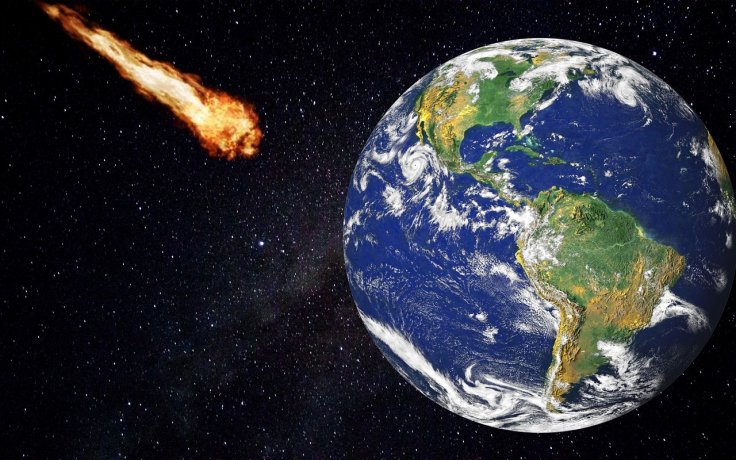NASA has predicted that is a 5.3 percent chance of Earth getting hit by an asteroid, dubbed 2010 RF, over a 10-year timeline. NASA's Center for Near Earth Object Studies (CNEOS) is tracking the asteroid using an automated asteroid tracking system named Sentry.
The US space agency said: "Sentry is a highly automated collision monitoring system that continually scans the most current asteroid catalogue for possibilities of future impact with Earth over the next 100 years. Whenever a potential impact is detected it will be analysed and the results immediately published here, except in unusual cases where we seek independent confirmation."
Asteroid impact similar to small nuclear bomb

As per NASA, though the asteroid is a relatively small space rock, it would pack the force of a nine kiloton blast, which is equivalent to 9,000 tons of TNT. The agency's calculations suggest that before impact the asteroid could hit our planet at a speed of around 5.10km per second or 11,408mph (18,360km/h). However, it would accelerate to about 12.26km per second or 27,424mph (44,134km/h) at the time of contact with Earth.
NASA said that asteroid RF, which weighs about 500,000kg or 1.2 million pounds, is capable enough to create a massive impact similar to a small nuclear bomb being detonated.
The American space research organisation told Express, "Great care must then be taken to verify any Earth collision predictions that are made. Given the extremely unlikely nature of such a collision, almost all of these predictions will turn out to be false alarms."
"However, if an object is verified to be on an Earth colliding trajectory, it seems likely that this collision possibility will be known several years prior to the actual event. Given several years warning time, existing technology could be used to deflect the threatening object away from Earth. Thankfully, Asteroid RF is relatively tiny and many years from its first potential impact date," NASA added.
First potential impact date
Based on the US space agency's calculation, the first potential impact date of the asteroid, which measure about 22.9ft (7m) across, is predicted to fall on September 5, 2095. But, there is 99.64% chance that the asteroid will miss Earth on this date.
In such a case, the rock will again get a chance of 0.00012% to hit our planet on September 4, 2096. Reports said that the asteroid will have 10 opportunities between 2095 and 2099 to impact Earth and the cumulative odds of impact for this time span is one in 19.









